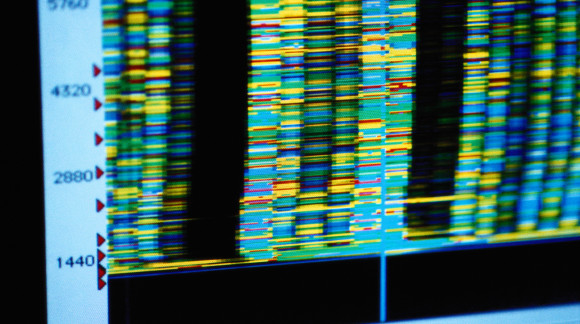Recent Innovations in Science & Medicine

Developments in Science and Medicine
In recent decades, science has moved forward glacially. Innovations in methods, techniques and materials were once slowed due to limited communicative processes. Testing hypothesis once took years to conduct properly.
As communication has developed with modern technology, so has the efficiency with which modern scientists are capable of sharing ideas and testing their observations. A number of unique websites have been developed which offer scientists the opportunity to share research writings, studies and results. These websites have helped scientific developments and innovations advance in leaps and bounds.
- PLOS ONE: Accelerating the publication of peer-reviewed science
- The Scientific American Open Invitation Pavilion: Offering challenge rewards for scientific accomplishment
- The Amazing Medicine
- The National Library of Medicine
- The National Institutes of Health
- Medscape News
Recent Innovations
The following advancements are among the notable innovations of the last decade.
In April of 2003, scientists submitted that they had tentatively mapped the sequencing of the human genome, which are the chemical base pairs that constitute our genetic building blocks. This endeavor remains one of the greatest collaborative scientific efforts in the history of mankind.
The successful sequencing of the human genome offers incredible benefits for many fields, from medicine to genetics. Through understanding the sequencing of DNA chains, scientists can better understand illnesses and develop more effective medicines.
Scientists are now at work on the Human Microbiome Project, which represents an attempt to better understand bacterial systems.
- Stem Cell Research
While intensely controversial, stem cells are capable of being programmed to become any type of body cell. Scientists suggest an overwhelming potential for curing damaged tissue and developing diseases.
Research in this area has historically relied upon embryonic stem cells, derived from embryos at a very early stage. The need for embryonic stem cells is the source of much controversy. Recently, a non-embryonic approach to sourcing stem cells has been investigated. This approach uses induced pluripotent stem (IPS) cells. These IPS cells can come from any cell in the human makeup and do not muster up significant moral dilemmas like embryonic stem cells.
- Artificial Limb Technologies
Historically, limb amputees suffered from a life of reduced productivity and frustration. Advances in limb sciences, mainly from military developments as a result of the Iraq and Afghanistan Wars, have entered near science-fiction areas of capability. Today, computer chip-synced joints, bluetooth controlled movement and personalized bionics have made a normal life a reality for many users. Users have even distinguished themselves in athletics, becoming competitive in sports from running to surfing.
- HIV Treatments
Initially declared untreatable, HIV ultimately became controllable with a complex program of medications. The schedule for taking the medications was often complicated by practicality and availability, making the treatment, at times, nearly non-effective. This was especially true for those in developing nations.
In 2006, the FDA approved the drug Atripla, which combined three of the key antiretroviral narcotics into a single pill. In 2012, the FDA granted approval to Gilead Sciences to distribute Stribild, which combines four HIV medications into one more easily controllable daily dose.
While these are hardly all, let alone a fairly representative number of, the advancements of medical science in the past several years, they certainly represent a fair starting point from which to think about other diseases, conditions and treatments. With development, communication and scientific advancements, reaching futuristic solutions at recovery and treatment are rapidly becoming the reality of the day.
